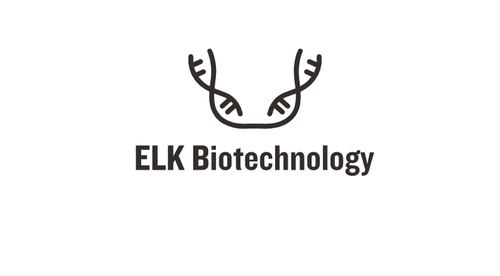Product Description
Human Parkinson disease 7 domain-containing protein 1 (PDDC1) ELISA Kit | AE28258HU | Abebio
Species Reactivity: Human (Homo sapiens)
Abbreviation: PDDC1
Alternative Name: FLJ34283; FLJ35497; MGC131881; MGC138350;
Application: ELISA
Range: 0.31-20 ng/mL
Sensitivity: 0.03 ng/mL
Intra-Assay: ≤4.6%
Inter-Assay: ≤8.3%
Recovery: 0, 92
Sample Type: Serum, Plasma, Other biological fluids
Detection Method: Sandwich
Analysis Method : Quantitive
Test Principale: This assay employs a two-site sandwich ELISA to quantitate PDDC1 in samples. An antibody specific for PDDC1 has been pre-coated onto a microplate. Standards and samples are pipetted into the wells and anyPDDC1 present is bound by the immobilized antibody. After removing any unbound substances, a biotin-conjugated antibody specific for PDDC1 is added to the wells. After washing, Streptavidin conjugated Horseradish Peroxidase (HRP) is added to the wells. Following a wash to remove any unbound avidin-enzyme reagent, a substrate solution is added to the wells and color develops in proportion to the amount of PDDC1 bound in the initial step. The color development is stopped and the intensity of the color is measured.
Product Overview: PDDC1 Belongs to the peptidase C56 family.The PARK7 gene provides instructions for making the DJ-1 protein. Studies indicate that this protein has several functions, although none are fully understood. The DJ-1 protein may help protect cells, particularly brain cells, from oxidative stress. Oxidative stress occurs when unstable molecules called free radicals accumulate to levels that damage or kill cells. Additionally, the protein may serve as a chaperone molecule that helps fold newly produced proteins into the proper 3-dimensional shape and helps refold damaged proteins. Chaperone molecules also assist in delivering selected proteins to proteasomes, the cell machinery that breaks down unwanted molecules. Researchers also suggest that the DJ-1 protein may play a role in activities that produce and process RNA, a chemical cousin of DNA.
Stability: The stability of ELISA kit is determined by the loss rate of activity. The loss rate of this kit is less than 5% within the expiration date under appropriate storage condition. The loss rate was determined by accelerated thermal degradation test. Keep the kit at 37°C for 4 and 7 days, and compare O.D.values of the kit kept at 37°C with that of at recommended temperature. (referring from China Biological Products Standard, which was calculated by the Arrhenius equation. For ELISA kit, 4 days storage at 37°C can be considered as 6 months at 2 - 8°C, which means 7 days at 37°C equaling 12 months at 2 - 8°C) .
 Euro
Euro
 USD
USD
 British Pound
British Pound
 NULL
NULL












